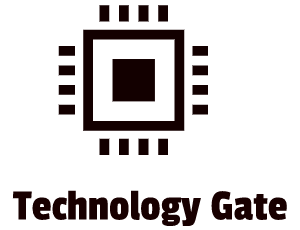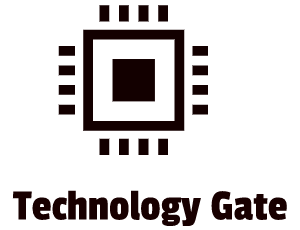How Chaos Engineering can improve your Cybersecurity
Chaos Engineering intentionally introduces failures into a system to test its resilience and identify weaknesses. Chaos Engineering aims to build confidence in the system’s ability to withstand unexpected events and improve its reliability. You do this by running “chaos experiments” that simulate failures or disruptions in the system and observe how the system responds. By proactively testing for failures, organizations can identify and fix vulnerabilities before they cause significant issues in production.
(more…)







